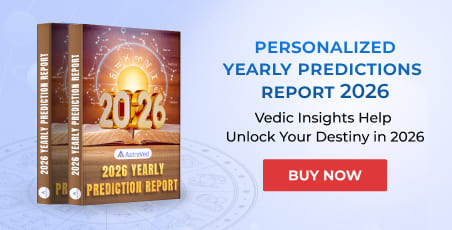Why Are Snakes Considered Sacred In Hinduism?
People in many parts of the world look upon snakes with fear and revulsion. In Christianity, the snake is a symbol of Satan. But in Hinduism, people revere snakes as gods, and they are also associated with gods like Vishnu and Shiva. Vishnu, for instance, reclines on a 1000-headed serpent called Sheshnag while a snake adorns Shiva’s neck. Snakes feature in Hindu religious texts, myths, and iconography.
In Hinduism, snakes represent power, protection, and fertility. They are also regarded as the guardians of the Earth's treasures and as the protectors of the underworld. Hindus worship snakes, as they believe that it will protect them from harm and attract good fortune. People view snakes with awe and believe them to be powerful and immortal, as they can shed their old skin and grow a new one. However, snakes can also represent temptation, deception, and chaos.Hindu festivals like Naga Chaturthi, Naga Panchami, etc., honor snakes. Harming or killing snakes is a sin in Hinduism. The belief is that people who do it will suffer misfortunes and incur Sarpa Dosha, which can cause many problems in life.
 Goddess Manasa is also associated with snakes in Hinduism. She is the goddess of snakes, and people believe that she can control them. Many Hindus in India, especially in Bengal, worship her as they believe that she can protect them from snake bites.
The serpent around Shiva’s neck, Vasuki, represents the endless cycles of birth and death and the infinite cosmic energy that rules the universe. Thus, snakes have a vital role in ensuring the delicate balance between creation and dissolution.
Goddess Manasa is also associated with snakes in Hinduism. She is the goddess of snakes, and people believe that she can control them. Many Hindus in India, especially in Bengal, worship her as they believe that she can protect them from snake bites.
The serpent around Shiva’s neck, Vasuki, represents the endless cycles of birth and death and the infinite cosmic energy that rules the universe. Thus, snakes have a vital role in ensuring the delicate balance between creation and dissolution.
Snakes and Their Association with Hindu Deities
Snakes are called Nagas in Hindu mythology. As Shiva has a snake coiled around his neck, he has the name of Naga or Nagendra. As per Hindu mythology, Shiva is the lord of all creatures, including snakes, and they are his devotees. The snake also represents Kundalini energy, which supposedly lies coiled up at the base of our spine and can be awakened with the help of spiritual practices like meditation. Lord Vishnu, the Preserver Archetype in Hinduism, reclines on the coils of a great serpent, Ananta/Shesha. Ananta supposedly holds the entire universe on his hoods, and his coils signify the cycles of time. One myth says that Vishnu also took the form of a half-man, half-serpent creature called Nara-Narayana to protect the world from evil. Goddess Manasa is also associated with snakes in Hinduism. She is the goddess of snakes, and people believe that she can control them. Many Hindus in India, especially in Bengal, worship her as they believe that she can protect them from snake bites.
The serpent around Shiva’s neck, Vasuki, represents the endless cycles of birth and death and the infinite cosmic energy that rules the universe. Thus, snakes have a vital role in ensuring the delicate balance between creation and dissolution.
Goddess Manasa is also associated with snakes in Hinduism. She is the goddess of snakes, and people believe that she can control them. Many Hindus in India, especially in Bengal, worship her as they believe that she can protect them from snake bites.
The serpent around Shiva’s neck, Vasuki, represents the endless cycles of birth and death and the infinite cosmic energy that rules the universe. Thus, snakes have a vital role in ensuring the delicate balance between creation and dissolution.







